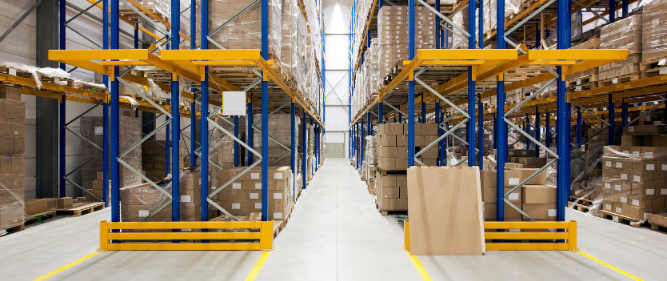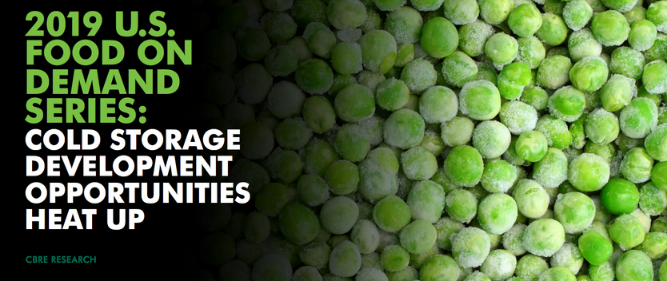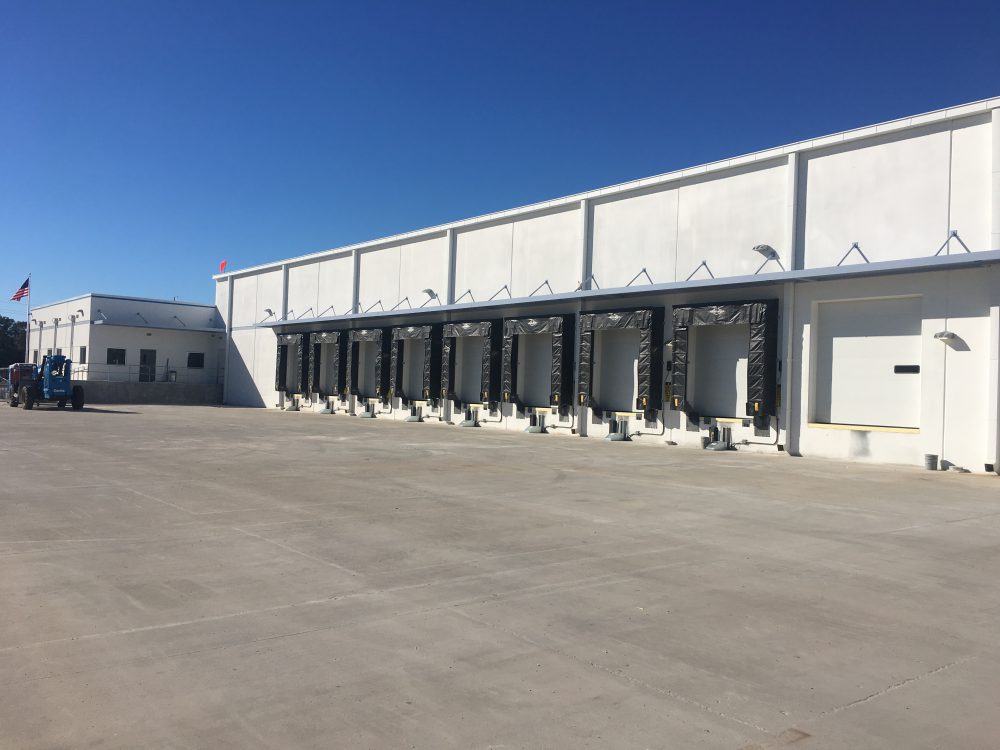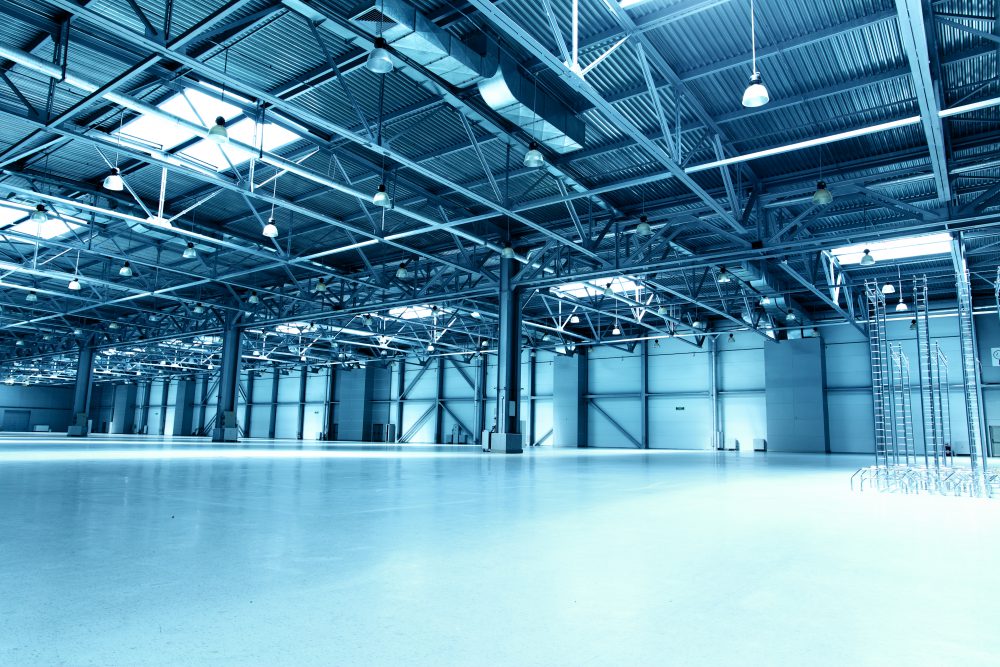Automated Storage and Retrieval Systems: Advantages and Considerations for ASRS Warehouses
E-commerce retail is at an all-time high, according to the U.S. Census Bureau’s latest quarterly report. Total e-commerce sales for 2020 were estimated at $791.7 billion, an increase of 32.4% (±1.8%) from 2019.
While this isn’t exactly unexpected, the COVID-19 pandemic has only sped up e-commerce trends that were already taking place. And that means distribution warehouses — and the workers and technology that power them — are in the spotlight.
This has more companies considering how to best capitalize on this demand, and automated robotics are taking the storage and distribution game to new heights — literally.
Continue Reading “Automated Storage and Retrieval Systems: Advantages and Considerations for ASRS Warehouses”





![Installing Packaged Refrigeration vs. Traditional Systems [Infographic]](https://stellarfoodforthought.net/wp-content/uploads/2018/08/083018_Feature-image.png)



